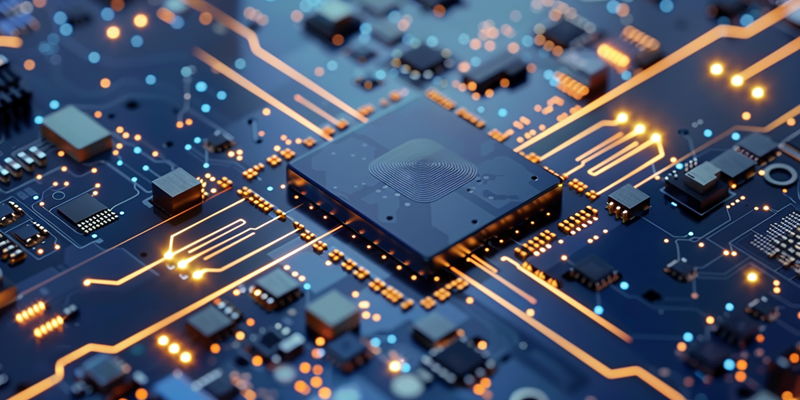As the digital realm constantly evolves, enthusiasts and professionals alike yearn for the next leap in computing power. In the midst of this anticipation, AMD is positioning itself to introduce the Ryzen 9000 series desktop CPUs, code-named “Granite Ridge.” Scheduled for a July 2024 launch, these processors come armed with the cutting-edge Zen 5 core architecture. With an eye on Intel’s Arrow Lake chips, set to debut later the same year, AMD is gearing up for a head-to-head clash in the CPU marketplace.
The Ryzen 9000 series seeks to perpetuate AMD’s legacy, offering a range of core configurations that have become a staple for the brand. From the top-tier 16-core powerhouses to the more modest 6-core options, this lineup mirrors the familiar core counts enthusiasts have come to expect from the Ryzen range. With models akin to the Ryzen 9 9950X, Ryzen 7 9700X, and Ryzen 5 9600X, users are poised to witness a new saga of multi-core efficiency and performance adaptability.
Zen 5 Architecture: Ushering in a New Era of Performance
Enhanced Computing Capabilities
At the very heart of the groundbreaking Ryzen 9000 series lies the extraordinary Zen 5 architecture, which is expected to vastly elevate computing capabilities. This state-of-the-art design from AMD is engineered to deliver numerous enhancements, including a substantial boost to multi-threading efficiency and a notable uptick in the rate of instructions processed per clock cycle. Furthermore, these chips are equipped with advanced AI and machine learning capabilities, ensuring that they are proficient and swift in handling complex computational tasks. Although specific clock speeds have yet to be revealed, there is speculation of about a 10% increase in IPC, with potential gains of over 40% in certain tasks, indicating a significant leap in performance across the board.
A Focus on Efficiency and Compatibility
What truly sets the Ryzen 9000 series apart is the concerted focus on pairing top-tier performance with increased efficiency. This isn’t just about raw speed; it’s about delivering that speed in the most effective way possible. The new CPUs will continue their association with the AM5 platform, ensuring a seamless transition for users already within the AMD ecosystem. Motherboard manufacturers are in sync, with BIOS updates ready for 600-series motherboards and plans for the upcoming 800-series chipsets. This ongoing commitment fosters a sense of longevity and reliability, assuring support through 2025 and beyond.
A Vision for the Future: AMD’s Holistic Upgrade
Beyond Speed: Improving Overall System Capability
AMD is not just ramping up the engine; it’s fine-tuning every aspect of the vehicle. Beyond the impressive speed enhancements, the upgrades encompass memory support, graphics integration, and thermal design power (TDP) configurations. There have been discussions about incorporating RDNA 2 compute units, potentially taking integrated graphics to unprecedented levels. The comprehensive progression of the Ryzen series demonstrates a commitment not only to meeting current demands but also to paving the way for future computing needs.
Market Expectations and Community Excitement
The Ryzen 9000 series, with its advanced Zen 5 architecture, is poised to redefine the standards of computing power and efficiency. This innovative engineering is poised to offer significant multi-threading advancements and increases in instructions per clock, paired with cutting-edge AI and machine learning integration. With the industry eagerly anticipating substantial performance uplifts, these processors are geared to fuel both market excitement and consumer satisfaction.

